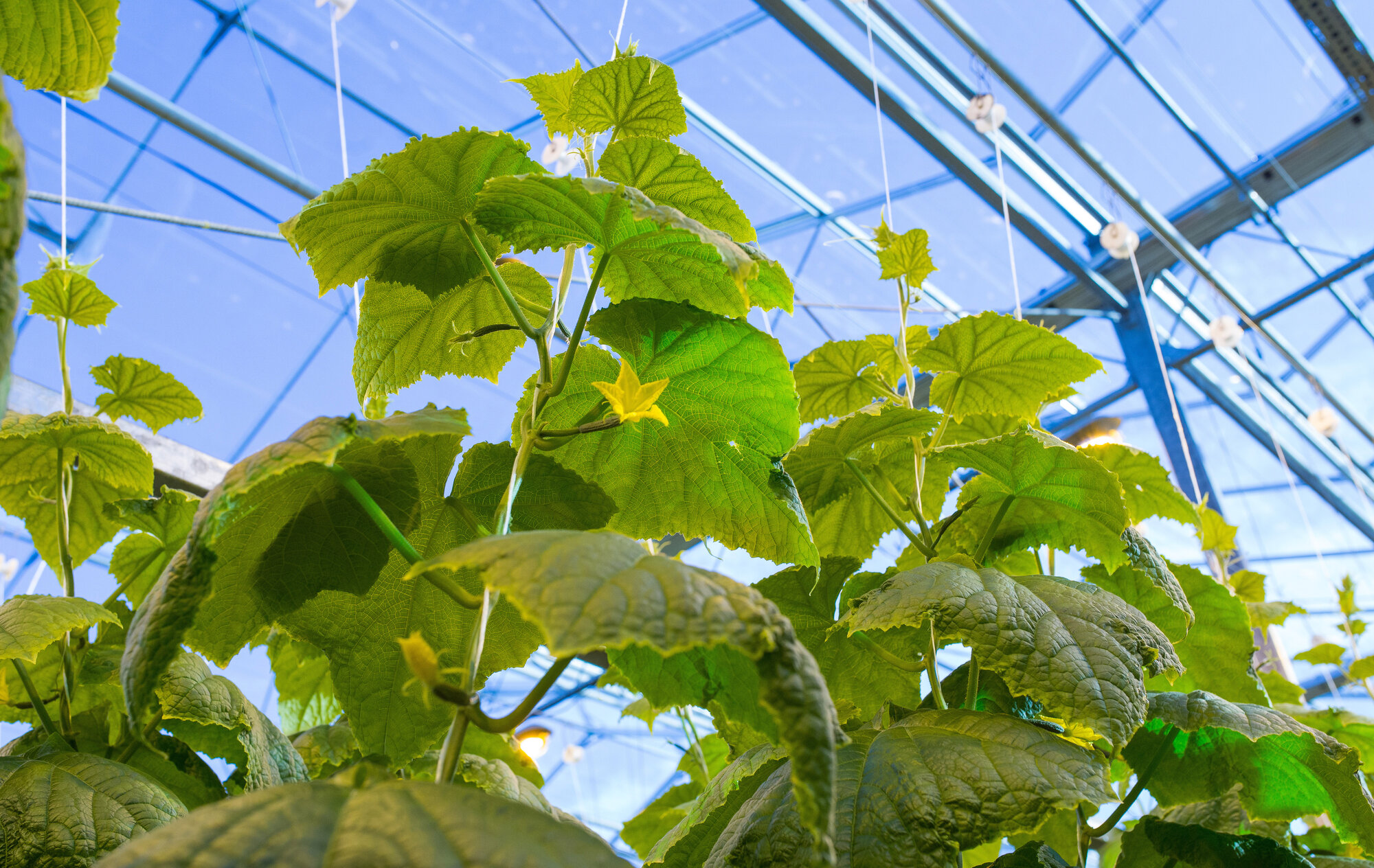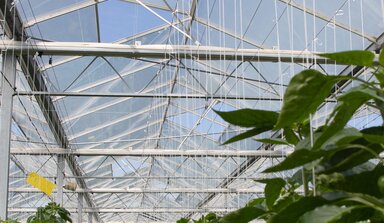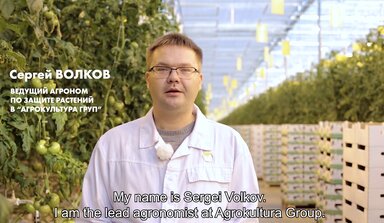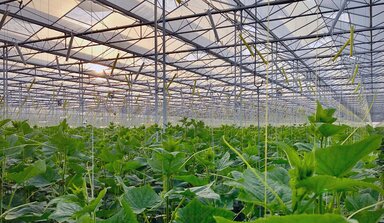Better quality with ReduFuse-coatings
The ReduFuse and ReduFuse IR coatings not only ensure that vegetable crops yield more, they also lead to a considerable improvement in quality: Less blossom end rot in cherry tomatoes and sweet peppers, no anthocyanin formation in yellow peppers and more productive high wire cucumbers.
The yield of vegetable crops grown under a diffuse greenhouse roof increases by 5 to 10 per cent, according to research by Wageningen UR. However, replacing standard glass with diffuse glass in existing greenhouses is hardly an option. For these greenhouses Mardenkro supplies two coatings that turn the sunlight entering the greenhouse into diffused light, namely ReduFuse and ReduFuse IR.
Generative or vegetative
Applying a diffuse coating to the greenhouse roof affects the development of the crop. Diffused light penetrates deeper into the crop and therefore reaches the lower leaves. As a result, photosynthesis by the plant increases and the crop is more productive. Thanks to the better light distribution throughout the crop it experiences less stress and growth is stronger. For crops that are naturally strong growers, such as the popular tomato variety Merlice, it is not recommended to use a coating to create diffused light in the greenhouse. The grower would not be able to steer the crop sufficiently generative. However, there are situations that a diffuse coating for fast-growing crops makes sense, such as for crops grown under artificial light and production in southern countries.
Better quality
In addition to higher production, applying ReduFuse or ReduFuse IR to the roof leads to important quality benefits in various vegetable crops. A few examples are:
Sweet pepper
- Fewer deformed fruits
- Less sunburn
- Yellow peppers have fewer problems with brown spots on the fruit due to anthocyanin formation
-
Sweet pointed peppers have less blossom end rot
Tomato
- Cherry tomatoes have less blossom end rot
-
Better pollination by bumble bees
Cucumber
-
High wire crops suffer less stress at the top of the plants. This results in better growth and less fruit abortion
Strawberries
- Larger fruits
-
Better pollination
ReduFuse or ReduFuse IR
The difference between ReduFuse and ReduFuse IR lies mainly in the heat reflecting properties. Unlike ReduFuse, ReduFuse IR reflects part of the heat rays, the infrared (IR) light. In addition, this coating reflects a small percentage of the PAR light.
The choice between ReduFuse or ReduFuse IR in vegetable cultivation depends in the first place on the location of the greenhouse. In the Netherlands it is usually not necessary to use ReduFuse IR, but vegetable growers with older, low greenhouses do have positive experiences with this coating as it keeps the temperature in the greenhouse during the summer months at an acceptable level. In southern Europe is very important to reflect heat so ReduFuse IR takes preference over ReduFuse.

Dosing
The number of buckets of ReduFuse or ReduFuse IR that should be applied is determined by:
- Possibilities for ventilating the greenhouse
- North-South orientation
- Presence of screens
- Age of the greenhouse
The required number of buckets of ReduFuse IR per ha is generally higher than the number of buckets of ReduFuse.
Every situation and geographic location is different which makes that the ideal diffuse coating can vary greatly. To facilitate your choice, we have brought together our experience and knowledge in an online advice tool; ReduWizard.


